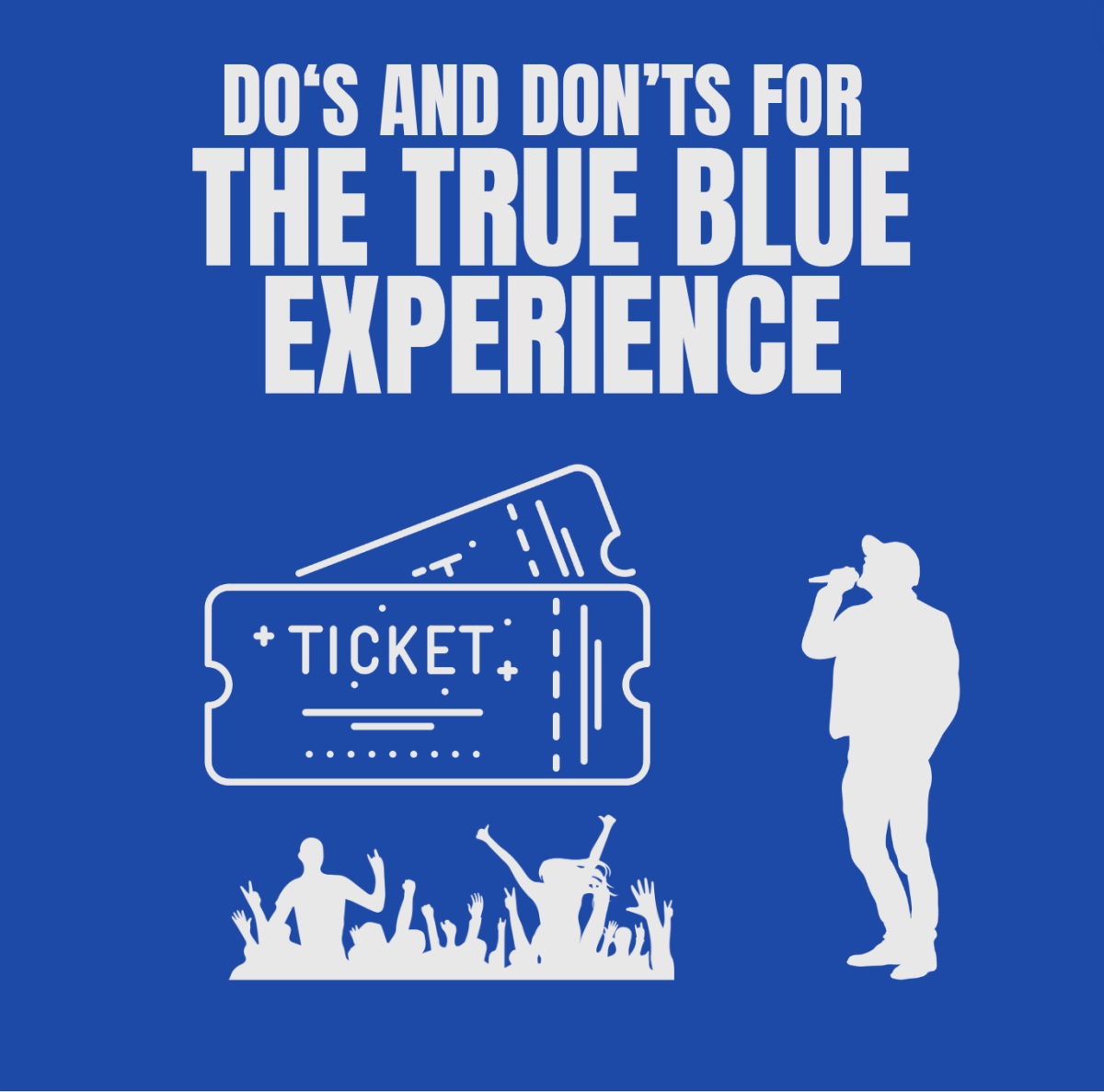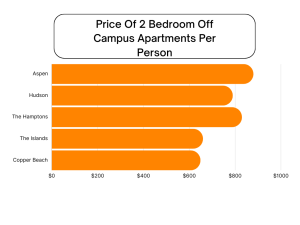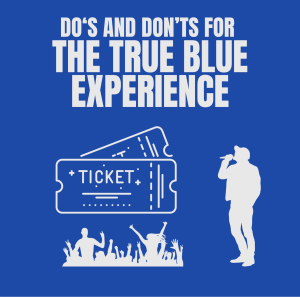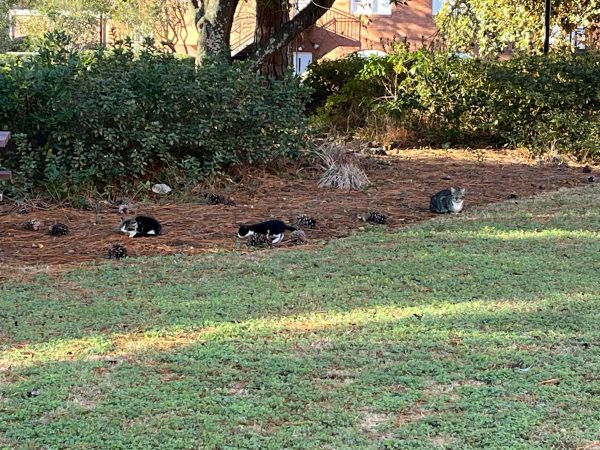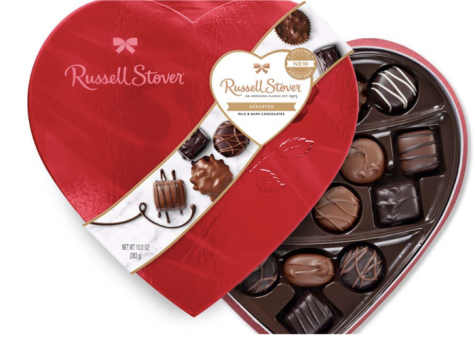The 200-year-old beer fest
October 18, 2016
The typical American may not know many details pertaining to the German tradition dating all the way back to 1810 known as Oktoberfest.
However, if you were to ask them to name one thing that comes to mind when they do think about it, they will probably say beer.
Beer is celebrated 16 days, starting mid-September through the first Sunday in October, during Oktoberfest. The festival did not start out celebrating this beloved alcoholic beverage, though.
Quick history lesson
According to oktoberfest.net, Crown Prince Ludwig, later to become King Ludwig I, was married to Princess Therese von Sachsen-Hildburghausen on October 12, 1810. The couple invited everyone of Munich, Germany to attend the celebration.
It was held in the fields in front of the city gate, named “Theresienwiese”, meaning Theresa’s fields, honoring the princess. These fields are now known as “Wies’n”. A horse race was held to close out the ceremony. This race was such a success that it became an annual event, which gave birth to Oktoberfest.
Alright, so amidst a royal wedding and horse races, where did the intense beer chugging come in to play?
Why Beer?
The craze didn’t come about until 1818, with the introduction of food and beer stands at the festival. According to germanbeerinstitue.com, the first beer to be introduced was the Munich beer, named for its hometown. Following the Munich beer was Märzen or Märzen-Oktoberfestbier, named after the month which it was brewed, March.
It was brewed early in order to have beer for the hot summer months, and the well-aged leftovers were finished off at the festival. They have a dark amber color and alcohol content of around 5-6 percent.
The beers served today still have to be from one of the six Munich breweries, Paulaner, Spaten, Hacker-Pschorr, Augustiner, Hofbräu and Löwenbräu. All other beers brewed outside had to be labeled “Oktoberfest-style”. Improvements in yeast management, beer filtration, and refrigeration led to the expansion of the Munich beer and many more.
The original festival is responsible for about 30 percent of the entire annual beer production of all the Munich breweries combined. Around 1.75 million gallons of beer are consumed!
According to foxnews.com, some of the most popular Oktoberfest beers today include Märzen Madness, Barktoberfest, Munsterfest, Ayinger Oktober Fest, and Paulaner Oktoberfest Märzen.
You’ve probably never heard of those, but there are some Oktoberfest-style beers we can find at places like Fast and Easy. Popular American twists of these beers include Goose Island Octoberfest, Sierra Nevada Oktoberfest, and Leinenkugel’s Oktoberfest.
The Sierra Nevada is about as close as you can get to German, because they partnered with a German brewery. It’s described as a little nutty with a lingering spicy aftertaste. The Goose Island is more complex, with bready, nutty, sour, sweet and toffee notes. Leinenkugel’s has a toasted malt taste with nice, subtle spice.
But We’re Not In Germany?
You can find Oktoberfest-like festivals and events all over the world. The largest Oktoberfest festival in The United States is celebrated in Cincinnati, known as Oktoberfest Zinzinnati.
There are countless festivals located in Georgia alone, including the Savannah Oktoberfest, scheduled for October 28-30. It has wiener dog racing, bratwurst tasting, and Oompah dancing.
If you are looking to channel your inner German heritage, Savannah’s annual Oktoberfest may be the place for you. If not there, then head to a nearby store and pick yourself up a craft six pack and some salted pretzels and enjoy your night!
Disclaimer: The George-Anne reminds you that it is illegal for people under the age of 21 to drink alcohol. We encourage you to drink responsibly.


